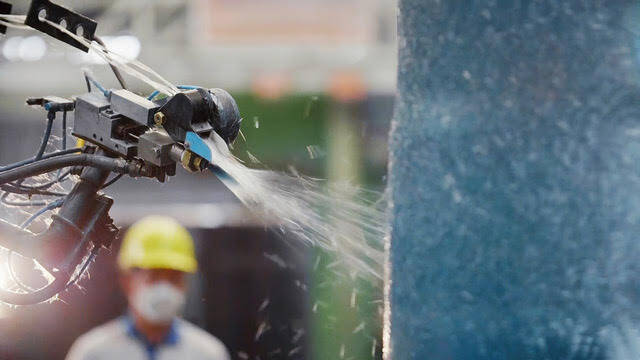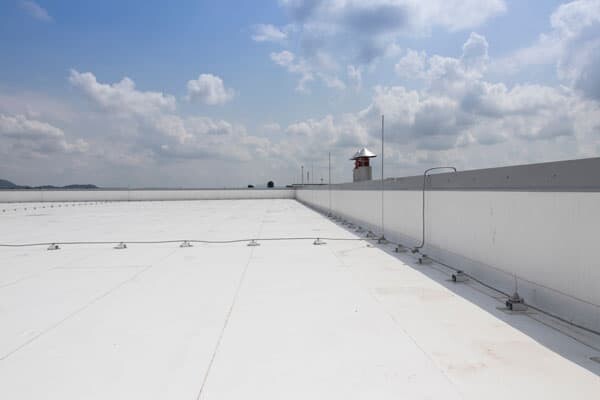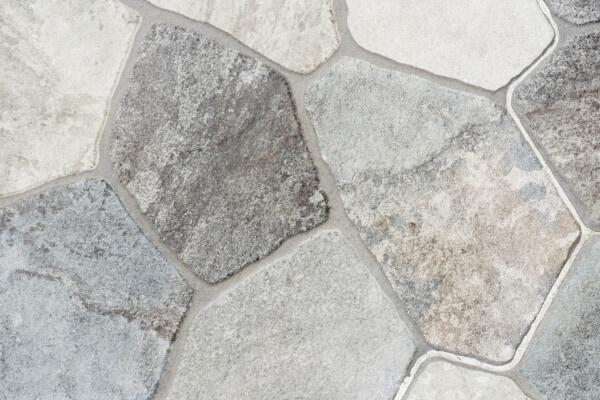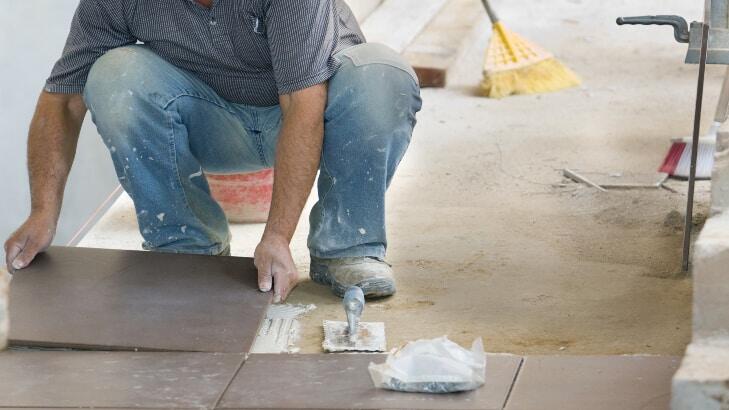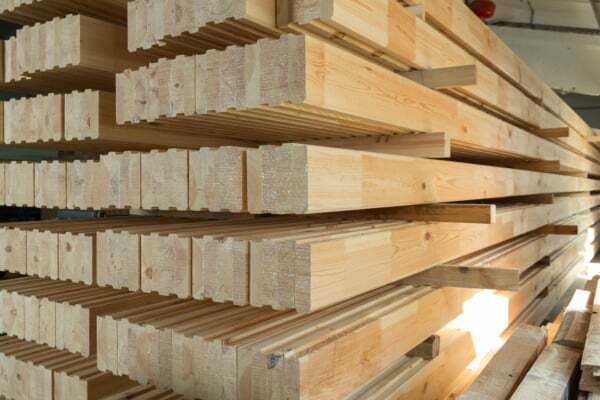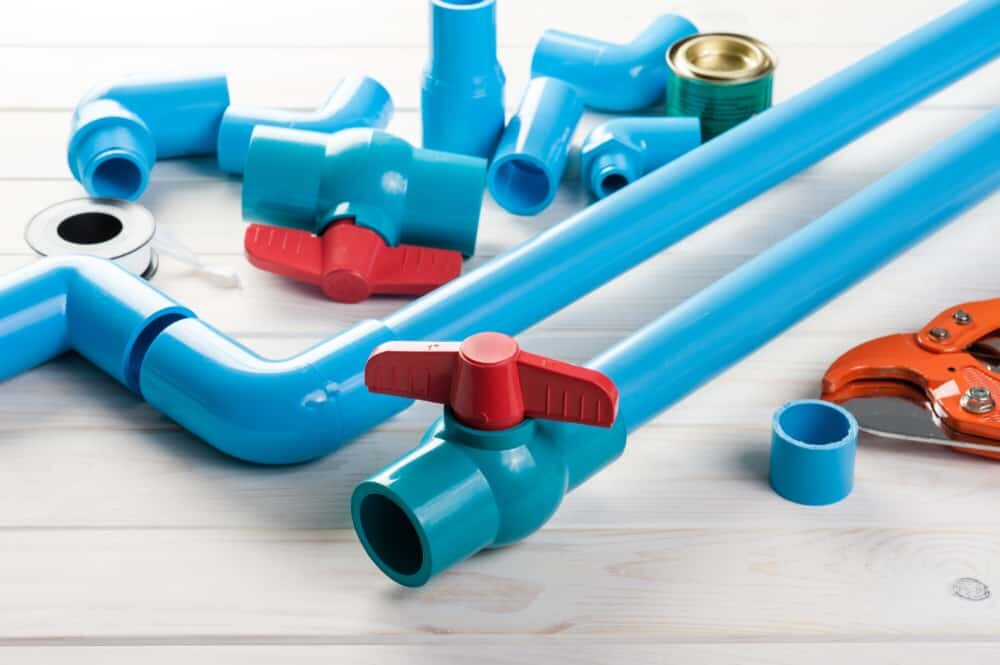Masonry veneer mortar
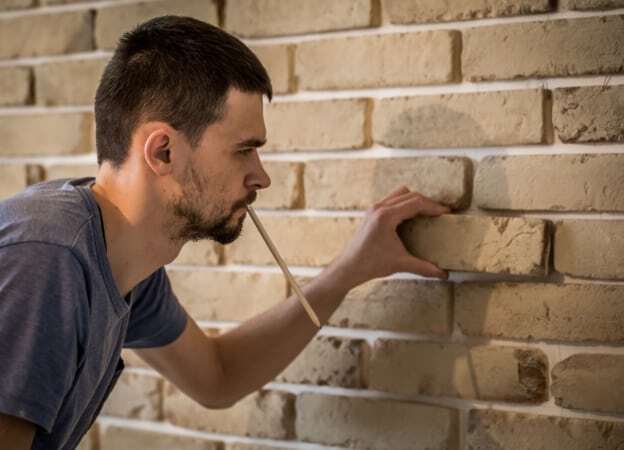
Masonry veneer mortar guarantees durable results
Masonry brings warmth and feel to interiors and exteriors, and it works on large surfaces as well as on smaller details. However, it is not the cheapest of options, and the installation can be laborious. Therefore, many projects end up with masonry veneer, which creates the masonry-effect on interior and exterior walls, fireplaces and many more applications at lower cost. Masonry veneer creates long lasting stone brick looking surfaces as long as the right veneer type is used, the installation is done by a professional and high quality materials, including masonry veneer mortar or adhesive, water and air barriers as well as pointing mortar, are used.
Traditional vs. modern - 2 ways of masonry veneer installation
One of the main reasons for masonry veneer installation failure is water intrusion which causes delamination. Water and air barrier materials as well as masonry veneer mortar have a great impact on whether water intrusion happens. Therefore, these materials should be chosen carefully keeping in mind the veneer type and application. Masonry veneer installations can be carried out in two ways:
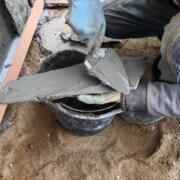
1. Traditional masonry veneer installation
Traditionally, masonry veneer is installed by applying two layers of felt paper followed by a metal lath. The lath is coated with a mixture of regular sand and masonry cement. The veneer is then placed on the prepared surface piece by piece. Masonry veneer mortar is applied to the back of each tile, after which they are placed on the surface. To make the tiles stick, they must be held on the spot and not moved once they touch the surface.
The traditional masonry veneer adhesive may cause installation failure due to the fact that the adhesive is not strong enough for heavy duty vertical bonding. Fortunately, there are masonry veneer mortar systems that are developed for vertical bonding.
2. Modern polymer enhanced mortar for masonry veneer
To overcome the two most common issues involved in traditional masonry veneer mortar applications (delamination and poor vertical bonding strength), more modern systems have been developed. These include polymer enhanced mortar systems which allow for a wider range of insulation possibilities and provide greater strength on vertical surfaces. Instead of regular sand-cement mortar, the substrate should be prepared by applying two or more coats of air and water barrier in order to create a membrane that does not let any air or moisture through. Learn more about suitable air and water barrier products by contacting us.
Polymer fortified masonry veneer adhesive benefits
The polymer enhanced mortar systems for veneer have several properties that make them the ideal choice. The most significant benefits include:
- No sagging: regardless of the application method, polymer fortified adhesives do not cause the masonry veneer to sag, which guarantees long lasting results on facades, fireplaces and other vertical surfaces.
- Free of VOC: most mortar systems, also tile mortar, come in a powder form which is mixed with water. The systems cure as the water evaporates. No solvents are involved in the process, which results in environmentally friendly zero VOC products.
- Resistant to microorganisms: the mortar systems approved for exterior use in particular are often resistant to microorganisms, which prevents growth of mold and mildew.
- Two application methods: the masonry veneer adhesive can be applied in two ways: back of the tile and mortar bed. This makes the adhesive mortar flexible in regards of application. Technical information, product suggestions and training possibilities are available upon request.
1. Back of the tile veneer adhesive application
First a skim coat is applied to the back of the tile followed by a thicker layer of mortar. The tile is then placed on the substrate, slid an inch or two from its place and moved back to the final position. This is done to ensure good adhesion.
2. Masonry veneer mortar bed
A faster method of working exists when the veneer mortar is applied on the substrate and the skim coated tiles are pressed on it. Also when using this method, the tile should be slid back and forth from its place to guarantee adhesion.
Buying high quality masonry veneer mortar
One of the key factors that encourage successful masonry veneer installation is the type of mortar used to bond the tiles to the substrate. If you are looking for a high quality masonry veneer mortar system, do not hesitate to contact us. Our experts are happy to help you find the best possible products for your project.
Discover more solutions for building & construction
What solution are you looking for?
We are specialized in the building and construction. Need the best products or advice? Then please leave your details and we will get in touch.
